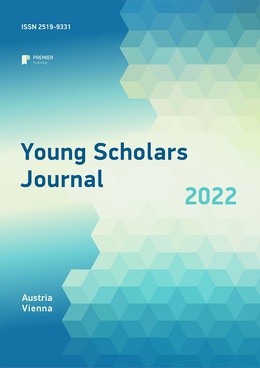Self-perceived vs actual weight status: Which is a stronger predictor of adolescents’ suicide intent?
Authors
Kexin Huang

Share
Annotation
Objective: This study aims to examine if actual or self-perceived weight status plays an important role in predicting adolescents’ suicide intent.
Methods: Data from the Youth Risk Behavior Surveillance System (YRBSS) 2017 was used. Three methods were used to compare the role of actual and self-perceived weight status in associating with suicide intent: bivariate analysis; two Logistic regression models using Akaike information criterion (AIC) and receiving operating characteristic (ROC) /Area under the ROC Curve (AUC) as metrics to measure if the model is a good fit; a Logistic regression model with both types of weight status to examine statistical significance.
Results: About 17% participants reported ever considering suicide. In bivariate analysis, it seems that discrepancies in suicide intent proportion is larger based on self-perceived weight status groups than that based on actual weight status groups. The model with perceived weight status has lower AIC and higher AUC than the model with actual weight status, indicating that the former is a better fit. In the model with both weight status variables, perceived weight status are statistically significant (p-values <0.05), while actual weight status groups are statistically insignificant (p-values >0.05).
Conclusion: Overall, the proportion of high school students who ever had suicide intent is high. Self-perceived weight status plays a more important role of predicting suicide intent than actual weight status.
Keywords
Authors
Kexin Huang

Share
References:
1. Centers for Disease Control and Prevention (CDC). Defining Childhood Obesity - BMI for Children and Teens. Available at: https://www.cdc.gov/obesity/childhood/defining.html. (Accessed: 5th May 2019)
2. Cote AT, Harris KC, Panagiotopoulos C, et al. Childhood obesity and cardiovascular dysfunction. J Am Coll Cardiol 62, 1309–1319 (2013).
3. Is there a way to compare logistic regression models? Reddit.com Available at: https://www.reddit.com/r/AskStatistics/comments/8yrtnv/is_there_a_way_to_compare_logistic_regression/. (Accessed: 5th May 2019)
4. Atmathew. Evaluating Logistic Regression Models. R-bloggers.com Available at: https://www.r-bloggers.com/evaluating-logistic-regression-models/. (Accessed: 5th May 2019)
5. Is high AIC a bad feature of the model? stats.stackexchange.com Available at: https://stats.stackexchange.com/questions/129604/is-high-aic-a-bad-feature-of-the-model. (Accessed: 5th May 2019)
6. Fan, M. & Jin, Y. The Effects of Weight Perception on Adolescents’ Weight-Loss Intentions and Behaviors: Evidence from the Youth Risk Behavior Surveillance Survey. Int J Env. Res Public Heal. 12, 14640–14668. (2015).


